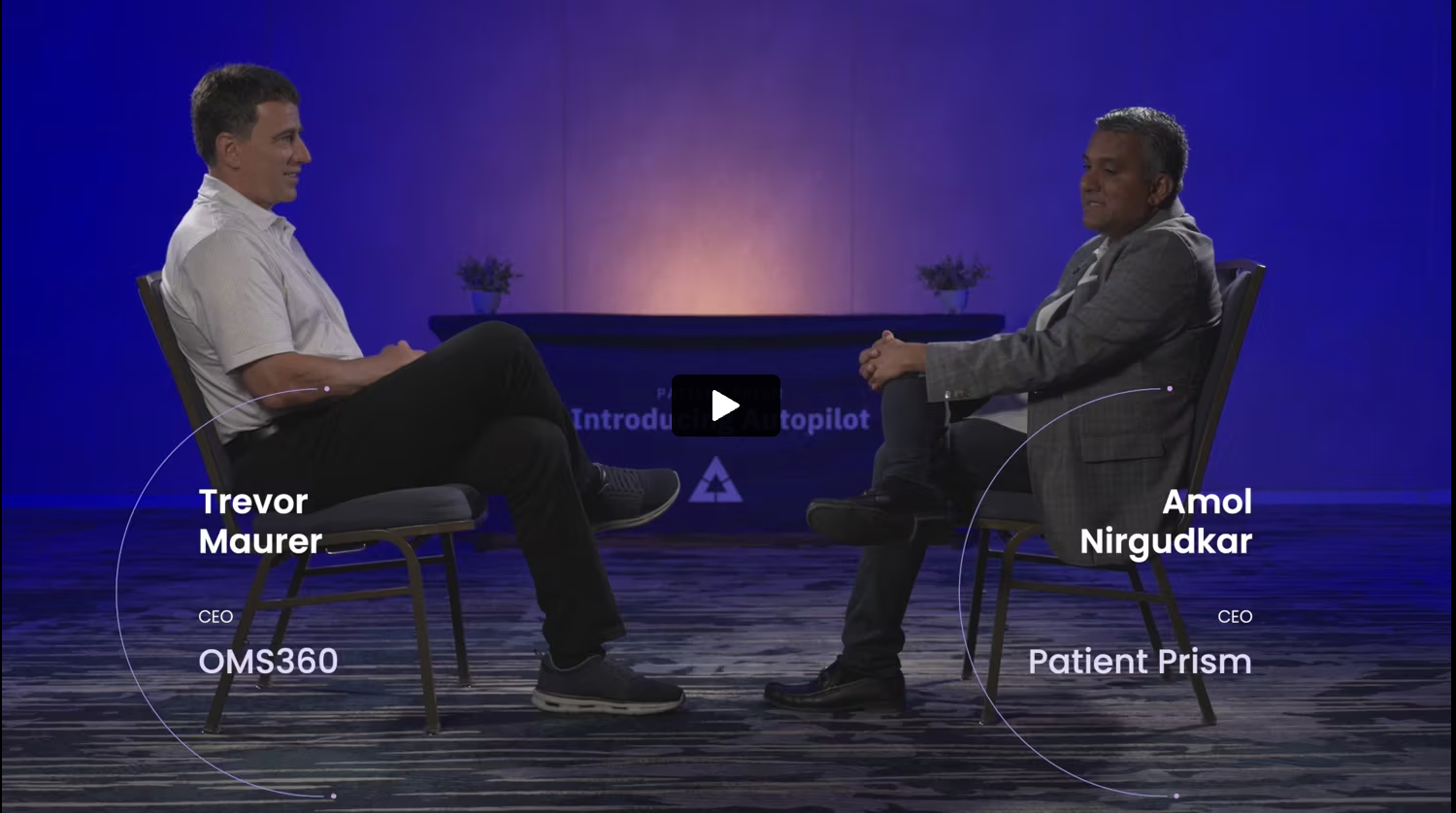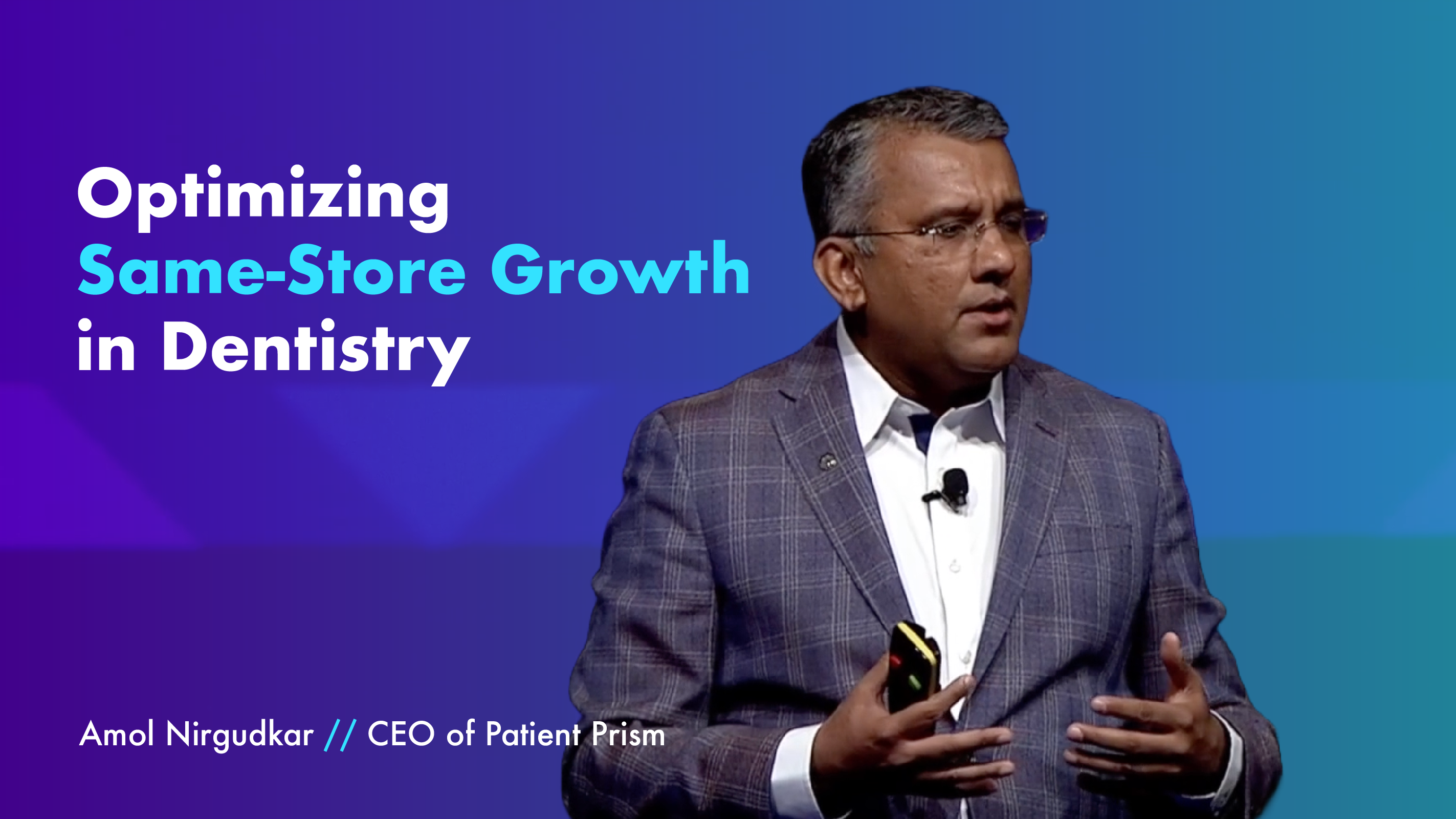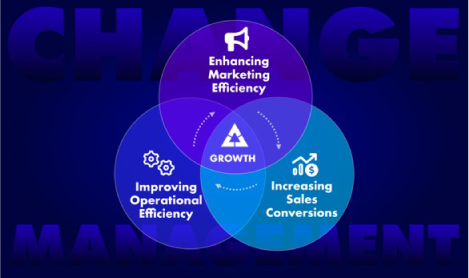Patient Prism’s conversational AI offers radiology practices a powerful tool to streamline operations and enhance overall operational efficiency. By leveraging advanced AI capabilities, practices can optimize their workflows, improve resource allocation, and ultimately provide better patient care. Here’s a detailed look at how this technology can transform radiology practice operations:
1. Intelligent Workflow Operational Efficiency Management
Patient Prism’s AI can revolutionize how radiology practices manage their daily workflows:
- Task Prioritization: The AI system can analyze incoming tasks, considering factors such as urgency, patient condition, and resource availability to create an optimized task list.
- Dynamic Scheduling: As new cases come in, the AI can automatically adjust schedules to accommodate urgent cases without disrupting the overall workflow.
- Load Balancing: By monitoring the workload of different staff members and equipment, the AI can distribute tasks evenly, preventing bottlenecks and reducing burnout.
Benefits:
- Improved efficiency in handling patient cases
- Reduced wait times for urgent cases
- Enhanced staff satisfaction through balanced workloads
2. Resource Allocation
Efficient resource allocation is crucial for radiology practices. Patient Prism’s AI can provide valuable insights to optimize this process:
- Equipment Utilization: By analyzing usage patterns, the AI can suggest optimal schedules for equipment maintenance and upgrades, minimizing downtime.
- Staff Scheduling: The AI can predict busy periods and recommend appropriate staffing levels, ensuring the practice is always adequately resourced.
- Inventory Management: For practices that manage their own supplies, AI can track usage patterns and automate reordering to prevent shortages.
Benefits:
- Maximized equipment uptime and utilization
- Optimized staffing levels to meet demand
- Reduced waste and improved cost management
3. Quality Control
Maintaining high standards of quality is paramount in radiology. Patient Prism’s AI can contribute significantly to quality control efforts:
- Error Detection: The AI can flag potential errors or inconsistencies in radiology reports for human review, serving as an additional layer of quality assurance.
- Protocol Adherence: By monitoring workflow patterns, the AI can ensure that established protocols are being followed consistently across the practice.
- Continuous Learning: The AI system can learn from past errors and near-misses, continuously improving its ability to detect potential issues.
Benefits:
- Enhanced accuracy in radiology reporting
- Improved patient safety through error reduction
- Consistent adherence to best practices and protocols
4. Performance Analytics
Patient Prism’s AI can generate comprehensive insights on various performance metrics:
- Productivity Tracking: The AI can monitor and report on individual and team productivity, helping identify areas for improvement.
- Quality Metrics: By analyzing report accuracy, turnaround times, and patient satisfaction scores, the AI can provide a holistic view of practice quality.
- Trend Analysis: The AI can identify long-term trends in practice performance, helping leadership make informed strategic decisions.
Benefits:
- Data-driven decision making for practice management
- Identification of areas for improvement and staff training
- Ability to track and demonstrate quality improvements over time
Case Study: AI in Radiology Operational Efficiency Workflow
A study published in the Journal of the American College of Radiology demonstrated the impact of AI on radiology workflows. The implementation of an AI-powered workflow optimization system in a large academic medical center resulted in a 22% reduction in report turnaround time and a 35% decrease in after-hours workload for radiologists. This showcases the potential of AI to significantly improve operational efficiency in radiology practices.
Implementing Patient Prism’s AI-driven workflow optimization can significantly enhance the operational efficiency of radiology practices. By intelligently managing workflows, optimizing resource allocation, ensuring quality control, and providing comprehensive performance analytics, AI technology enables practices to streamline their operations, reduce costs, and improve patient care.
As the healthcare landscape continues to evolve, embracing AI-powered solutions like Patient Prism becomes increasingly crucial for radiology practices aiming to stay competitive and provide top-tier patient care. By leveraging these advanced technologies, practices can not only improve their current operations but also position themselves for future growth and success in an increasingly technology-driven healthcare environment.
Citations:
[1] https://www.moveworks.com/us/en/resources/blog/conversational-ai-in-healthcare
[2] https://www.thesuperbill.com/blog/how-are-conversational-ai-companies-making-an-impact-on-healthcare
[3] https://www.itransition.com/ai/radiology






